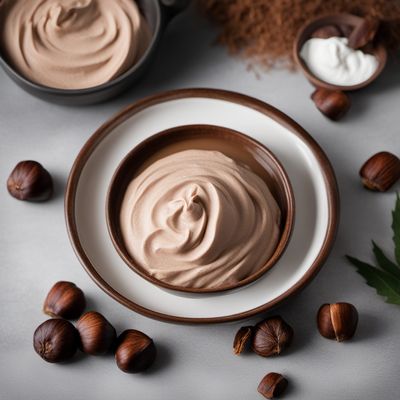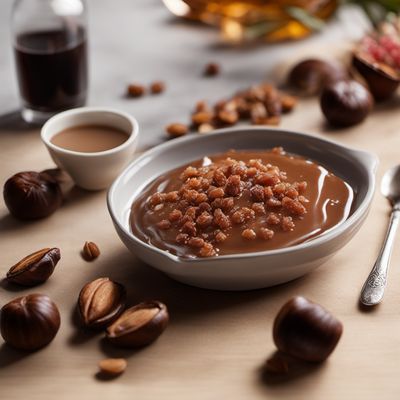
Ingredient
Chinese chestnut
The Nutty Delight: Exploring the Chinese Chestnut
Chinese chestnuts are medium-sized nuts with a hard, shiny brown shell and a sweet, creamy flesh. They have a slightly grainy texture and a distinct nutty flavor that is both earthy and subtly sweet. When cooked, the chestnuts become tender and develop a rich, buttery taste. They are often used in both sweet and savory dishes, adding a delightful crunch and depth of flavor.
Origins and history
Chinese chestnuts have a long history dating back thousands of years in China. They are native to East Asia and have been cultivated for centuries. Chinese chestnuts have played a significant role in Chinese cuisine and culture, often used in traditional dishes and festivals. They were later introduced to Europe and North America, where they gained popularity as a delicious and nutritious ingredient.
Nutritional information
Chinese chestnuts are a good source of dietary fiber, vitamin C, and minerals such as potassium and magnesium. They are also low in fat and calories, making them a healthy addition to a balanced diet.
Allergens
Chinese chestnuts are tree nuts and may cause allergic reactions in individuals with nut allergies.
How to select
When selecting Chinese chestnuts, look for nuts that are firm and heavy for their size. Avoid chestnuts with mold, blemishes, or soft spots. The shell should be shiny and intact. If possible, choose chestnuts that are still in their husks, as this helps retain their freshness.
Storage recommendations
To maintain the freshness of Chinese chestnuts, store them in a cool, dry place. If you have purchased chestnuts with their husks, keep them in a breathable bag or container to allow air circulation. Chestnuts can also be stored in the refrigerator for up to a month or frozen for longer-term storage.
How to produce
Chinese chestnuts can be grown by planting chestnut trees in suitable climates. They require well-drained soil and full sun. It takes several years for the trees to start producing chestnuts, but with proper care and maintenance, they can yield a bountiful harvest.
Preparation tips
Before using Chinese chestnuts, they need to be roasted or boiled to remove their tough outer shell. To roast, make a small incision on the flat side of each chestnut and bake in a preheated oven at 400°F (200°C) for about 20 minutes. Boiling is another method where chestnuts are simmered in water for approximately 15-20 minutes. Once cooked, the shell and inner skin can be easily peeled off, revealing the creamy flesh. Chinese chestnuts can be enjoyed on their own, added to stuffings, soups, stews, or used in desserts like chestnut puree or chestnut cakes.
Culinary uses
Chinese chestnuts are commonly used in both sweet and savory dishes. They can be roasted and enjoyed as a snack, used in stuffings for poultry or vegetables, added to soups and stews for a rich flavor, or incorporated into desserts such as chestnut puree, cakes, and pastries.
Availability
Chinese chestnuts are commonly available in China, East Asia, Europe, and North America. They are also cultivated in other regions with suitable climates.
More ingredients from this category
Recipes using Chinese chestnut

Roasted Brussels Sprouts with Chestnuts
Savory Delight: Roasted Brussels Sprouts with Nutty Chestnuts

Chestnut Delight
Autumn's Sweet Symphony: Chestnut Delight

Creamy Chestnut Puree
Velvety Delight: Hungarian Chestnut Puree

Marron Glacé Delight
Chestnut Elegance: A Sweet French Delicacy

Roasted Goose with Chestnuts
Crispy Delight: Roasted Goose with a Chestnut Twist

Roasted Chestnuts with Fontina Cheese
Savory Delight: Roasted Chestnuts with Creamy Fontina Cheese